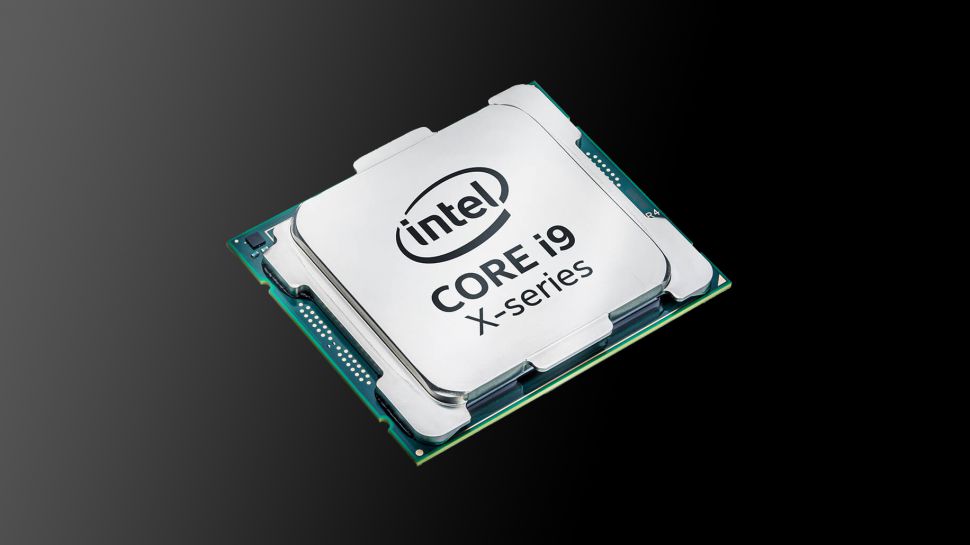The product categories in the CPU marketplace are rapidly eroding. Intel and AMD have spent the last year and a half furiously releasing new products, and tweaking their lines to take on the competition. In some cases, prices have been slashed. In others, it’s meant CPUs have had more cores or threads packed in. The result is a murky marketplace with no clear winners or losers, just a lot of CPUs that go real fast.
And that’s important! CPUs are cheap for now—though shortages from the foundries producing the silicon could mean rising prices for many CPUs in the coming months. But for the time being things are pretty great! For a couple of hundred dollars, you can get a CPU that will tolerate playing games, handle demanding tasks decently, while dispensing with more common tasks, like internet browsing or word processing, easily.
But Intel and AMD need to tout more than “it’s good” to sell CPUs. This is where Intel’s latest consumer CPU comes in. The 9th-Gen i9 9900K retails for $500, has 8 cores that can run up to 16 threads concurrently, and it’s one of the first CPUs ship with a turbo frequency of 5GHz. It isn’t just fast, it’s coming close breaking a long believed theoretical limit.
5GHz has been something of a pipe dream for many years. A theoretical barrier that most CPUs could not surpass without significant tweaking to the fundamental design of processors. But Intel shipped a limited edition i7-8086K earlier this yearwith the same clock speed, and AMD shipped the FX 9590 back in 2013, though the CPU was ultimately not as fast as that clockrate promised and largely considered a failure. So when Intel touted the i9-9900K as the first 5GHz CPU earlier this month it wasn’t entirely accurate, unless you step back, kind of squint and tilt your head just so.
But this is Intel’s first 5GHz CPU that anyone can buy. It’s not a limited edition. There are no hoops to jump through. It’s a nice 8-core CPU that’s almost twice the price of its competitor, the $280 AMD Ryzen 7 2700X. That product is an 8 core, 16 thread CPU as well, but its turbo clock speed is lower—just 4.3GHz, while the base clock speed is higher, 3.7GHz versus 3.6GHz. It’s a little more power hungry, being a 105W processor while the i9 9900K is a 95W processor.
Our review unit of the AMD processor was unfortunately damaged when I went to benchmark it, which means it’s going to be difficult to compare the two products directly. Instead, let’s look at the nearby field of products to get a sense of just how close in performance all these CPUs are in many day-to-day tasks . There’s the Ryzen 5 2600X with 6 cores and 12 threads that retails for $190, the i9 9900K’s predecessor, the $370 i7-8700K with 6 cores and 12 threads, and finally the AMD Ryzen Threadripper 2950X.
That last one is a beast of a CPU with 16 cores, 32 threads, a higher 180W power requirement and a big price tag of $900. When it launched in August AMD compared it not to the $370 i7 8700K (the i9 9900K had not been announced), but to the $1,300 i9-7960X, which has a 165W TDP, 16 cores, and 32 threads.
That’s a whole lot of numbers is it? But don’t worry! It’s not as confusing as it might seem. The price difference between each CPU and its elected competitor is often enormous, with that choice to force them to compete based more on power requirement than price. That’s important to consider if you’re planning to use the same power supply, but many of the other elements of a computer build, like motherboard, cooler, and the case, are highly dependent not on the power requirement of a CPU but on its architecture, and nearly every one of these CPUs I’ve mentioned uses a different architecture requiring a different socket and thus a different motherboard, cooler, and even RAM.
So when it comes down to choosing what to buy you have to ask yourself two very basic questions: how much do I want to spend and what kind of speed do I need?
Because if you’re just looking for a CPU to play games on, then every single CPU I’ve mentioned, from the $190 one to the $900 one is going to play games pretty similarly. In our benchmarks using Civilizations VI and Rise of the Tomb Raider on a rig with an Nvidia 1080, with settings cranked to their highest and tested at 4K, we found the difference between the products almost negligible. GPU matters much, much more.















